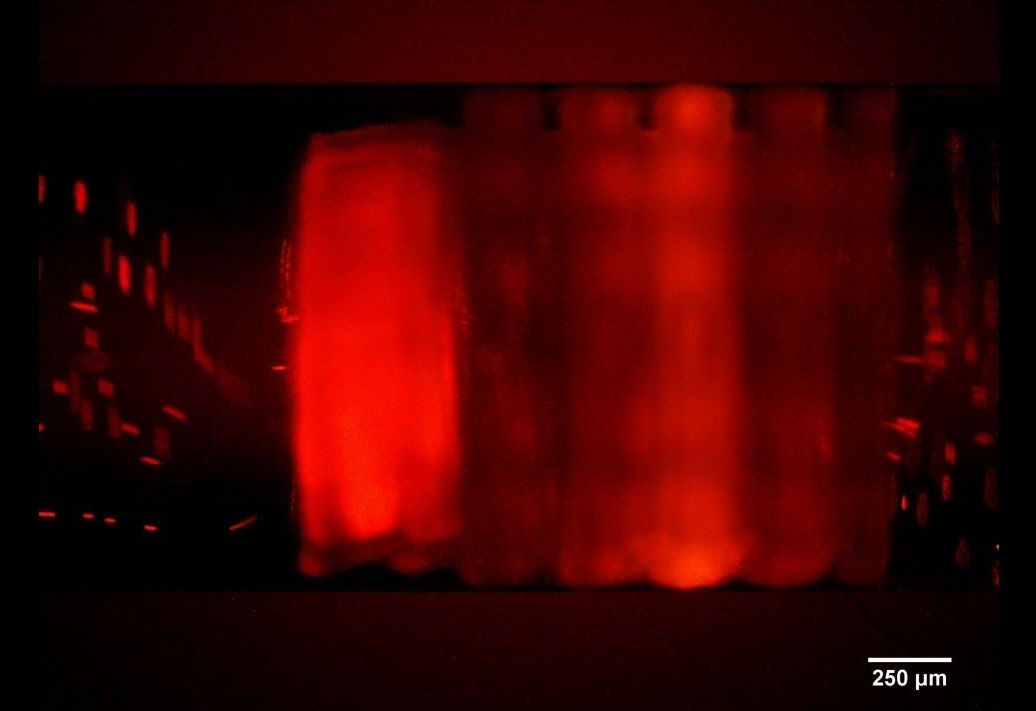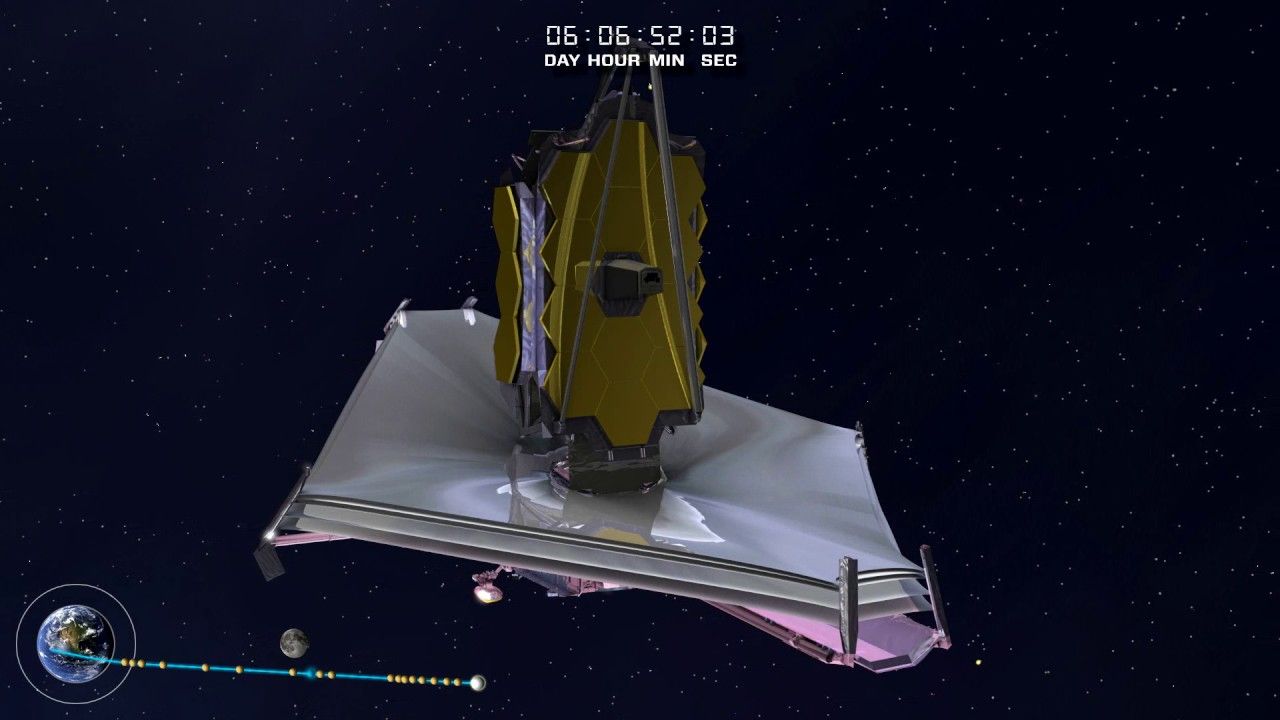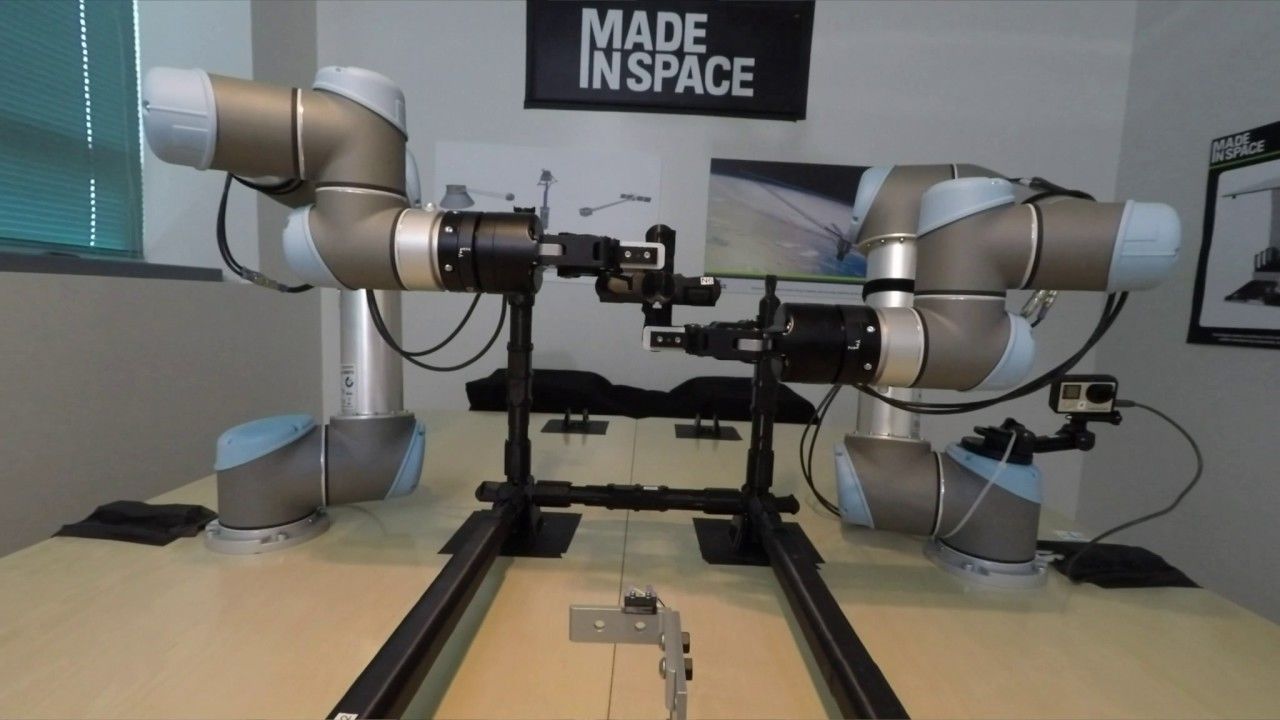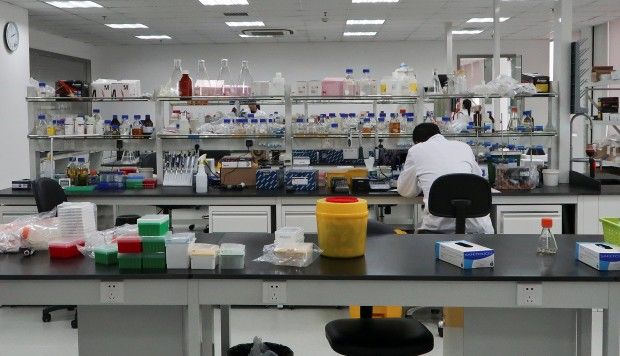Page 9711
Jun 26, 2018
A physicist answers the grandest question of all: Why are we here?
Posted by Michael Lance in category: physics
Small fluctuations in the universe could explain the origins of man.
Robbert Dijkgraaf explains how competing physics theories might explain why life exists.
Jun 26, 2018
Some science journals that claim to peer review papers do not do so
Posted by Derick Lee in categories: business, economics, science
Behind all this is a change in the way a lot of journals make their money. Over the past decade, many have stopped selling subscriptions. Instead, they charge authors a publication fee and permit people to read the result for nothing. This “open access” business model has the advantage of increasing the dissemination of knowledge, but it also risks corrupting the knowledge thus disseminated.
WHETHER to get a promotion or merely a foot in the door, academics have long known that they must publish papers, typically the more the better. Tallying scholarly publications to evaluate their authors has been common since the invention of scientific journals in the 17th century. So, too, has the practice of journal editors asking independent, usually anonymous, experts to scrutinise manuscripts and reject those deemed flawed—a quality-control process now known as peer review. Of late, however, this habit of according importance to papers labelled as “peer reviewed” has become something of a gamble. A rising number of journals that claim to review submissions in this way do not bother to do so. Not coincidentally, this seems to be leading some academics to inflate their publication lists with papers that might not pass such scrutiny.
Experts debate how many journals falsely claim to engage in peer review. Cabells, an analytics firm in Texas, has compiled a blacklist of those which it believes are guilty. According to Kathleen Berryman, who is in charge of this list, the firm employs 65 criteria to determine whether a journal should go on it—though she is reluctant to go into details. Cabells’ list now totals around 8,700 journals, up from a bit over 4,000 a year ago. Another list, which grew to around 12,000 journals, was compiled until recently by Jeffrey Beall, a librarian at the University of Colorado. Using Mr Beall’s list, Bo-Christer Björk, an information scientist at the Hanken School of Economics, in Helsinki, estimates that the number of articles published in questionable journals has ballooned from about 53,000 a year in 2010 to more than 400,000 today. He estimates that 6% of academic papers by researchers in America appear in such journals.
Continue reading “Some science journals that claim to peer review papers do not do so” »
Jun 26, 2018
China to crack down on fraud in scandal-hit scientific research amid ZTE wrangle
Posted by Derick Lee in category: computing
China has issued the first national guidelines to enforce academic integrity in scientific research and vowed to punish academics and institutes for misconduct such as plagiarism and fabrication of data.
Researchers and institutes involved in misconduct including plagiarism, fabrication of data and research conclusions, ghostwriting and peer review manipulation will face severe punishments, Xinhua reported.
Scandals involving plagiarism and fabrication of research findings have become more prevalent in recent years. Springer Nature last year retracted 107 papers published in Tumor Biology between 2012 and 2017 after an investigation found the authors had supplied the journal’s editors with made-up contact information for third-party reviewers.
Jun 26, 2018
Implantable 3D-printed organs could be coming sooner than you think
Posted by Klaus Baldauf in categories: 3D printing, biotech/medical

At MBC Biolabs, an incubator for biotech startups in San Francisco’s Dogpatch neighborhood, a team of scientists and interns working for the small startup Prellis Biologics have just taken a big step on the path toward developing viable 3D-printed organs for humans.
The company, which was founded in 2016 by research scientists Melanie Matheu and Noelle Mullin, staked its future (and a small $3 million investment) on a new technology to manufacture capillaries, the one-cell-thick blood vessels that are the pathways which oxygen and nutrients move through to nourish tissues in the body.
Continue reading “Implantable 3D-printed organs could be coming sooner than you think” »
Jun 25, 2018
DARPA demonstrates 6 new technologies behind the agile combat vehicles of tomorrow
Posted by Klaus Baldauf in category: military

In an effort to move away from today’s giant, heavy battle tanks, DARPA’s GXV-T program has been investigating new technologies for fast, agile and smart ground transport. Here are six of the fascinating ideas that were demonstrated last month at Aberdeen Test Center outside Baltimore, Maryland.
Jun 25, 2018
Quantum Computing Expert Explains One Concept in 5 Levels of Difficulty
Posted by Juliian C’estMoi in categories: computing, quantum physics

A good intro to QUANTUM COMPUTERS, at 5 levels of explanations — from kid-level to expert.
WIRED has challenged IBM’s Dr. Talia Gershon (Senior Manager, Quantum Research) to explain quantum computing to 5 different people; a child, teen, a college student, a grad student and a professional.
Continue reading “Quantum Computing Expert Explains One Concept in 5 Levels of Difficulty” »
Jun 25, 2018
Why the James Webb telescope launch could be the most exciting astrological event of the millennia
Posted by Genevieve Klien in categories: cosmology, space travel

The NASA James Webb telescope could prove to be the biggest leap forward to humankind’s exploration into deep space.
The Webb telescope will give us the ability to investigate the cosmos, unlocking secrets from the beginning of the Big Bang to how galaxies are formed and beyond, bringing us light years ahead of our current understanding of planetary evolution.
Jun 25, 2018
Made in Space targets 2023 for building large structures in space and later future asteroid mining
Posted by Klaus Baldauf in categories: 3D printing, robotics/AI, space

https://youtube.com/watch?v=phaonMhOC8Q
Within 4–5 years Made In Space believes their Archinaut space manufacturing robot and manufacturing mini factory will be making large structures like trusses and reflectors in space.
The Archinaut has an industrial-sized 3D printer, cartridges full of plastics and alloys, and robotic arms programmed to assemble the big items extruded by the printer without any human supervision. All Archinaut parts are able to survive in microgravity and harsh conditions like lunar dust storms and extreme temperatures.
Jun 25, 2018
Microbiologists and plant scientists find secret to tackling cholera
Posted by Genevieve Klien in categories: futurism, genetics
While cholera rages across many regions of the world, a team of microbiologists and plant scientists has pinpointed a genetic weakness in the pandemic’s armor, which could lead to future treatments.
The current cholera pandemic began in Indonesia in 1961. Rather than fade away like its six previous worldwide outbreak predecessors, the responsible strain is thriving and actually picking up steam. A discovery, led by scientists from Michigan State University and Tufts University and featured in the current issue of PNAS, shows the key genetic change the seventh pandemic acquired to thrive for more than 50 years.
The interdisciplinary team of scientists reveal the first ever signaling network for a new bacterial signal, cyclic GMP-AMP (cGAMP), in the human cholera pathogen. The team also identified the first protein receptor of cGAMP as a phospholipase enzyme that remodels the V. cholerae membrane when cGAMP is produced.
Continue reading “Microbiologists and plant scientists find secret to tackling cholera” »













